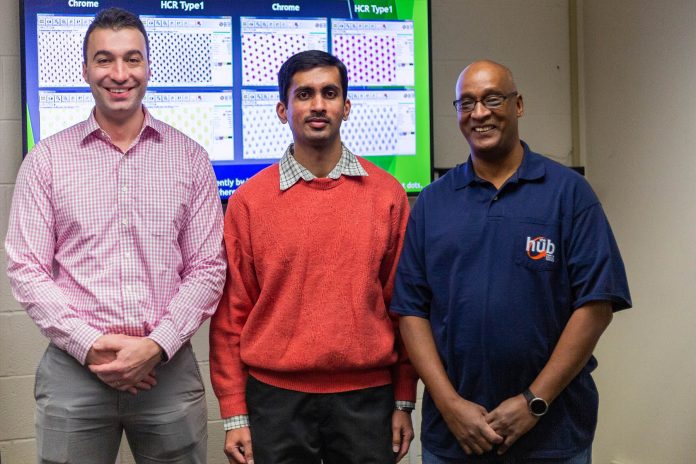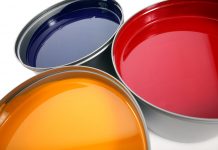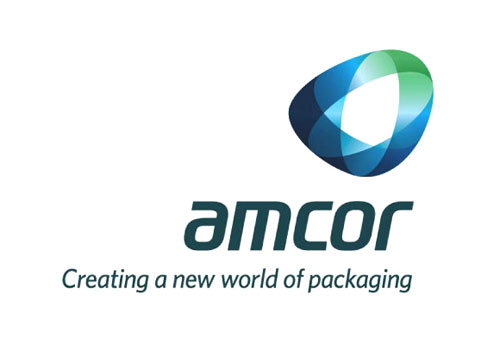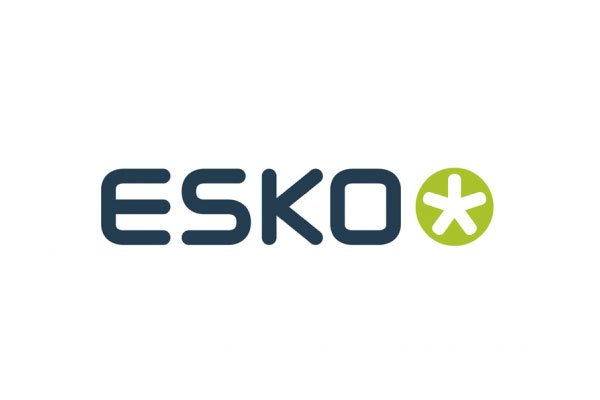Chandramohan Seetharamiah Srinivasaraju, a candidate of RIT School of Media Sciences’ print media MS program, presented his thesis research at a colloquia held on Jan. 21 which focuses on a novel gravure pre-press technology by Roto-Hybrid in Europe.
Rochester Institute of Technology is an internationally renowned centre and Chandramohan ‘Chandra’ has been part of Professor Robert Eller’s research project into the gravure industry, titled ‘Transformative Breakthrough’.
In his study thesis Chandra analyzed print quality aspects of printed targets made from new RotoHybrid gravure cylinders versus conventional gravure cylinders.
According to Chandra and Prof Eller’s long term project commissioned by the GAA (Gravure Association of the Americas), gravure printing has been steadily losing market share in North America to flexographic printing technologies.
Among the reasons cited for this steady decline are the gravure cylinder preparation costs and the ‘make ready’ time involved in producing a conventional gravure cylinder.
Furthermore, it is noted that producing conventional gravure cylinders is not an especially environmentally friendly process, largely due to the chrome utilized in the cylinder coating and finishing. Nevermind the energy expended and the carbon footprint involved in the smelting of steel to produce the core cylinders.
ECHA and Chromium
Although in Europe there is much publicity from the European Chemicals Agency (ECHA) in respect of the restriction and authorisation around the use of chromium compounds, particularly Chromium(VI), which many in the gravure industry believe an outright ban is only years away, in the US the EPA Status of Chromium(VI) is at ‘Step 1’ at this current time.
The toxicity of Chromium(VI) is well documented (not withstanding the Erin Brockovich movie) but RIT’s Chandra clarified in his thesis that fumes and liquid waste from the chromium process can pollute air and water. Chromium(VI) is not biodegradable and is a known carcinogenic and mutagenic substance of concern.
As the gravure cylinder plating process involves known carcinogens, it is for this reason that printers normally rely on third-party trade shops to engrave conventional cylinders, rather than assume these tasks in-house. This process also adds time and cost to the conventional gravure workflow.
However Chandra said that a new gravure cylinder technology, known as RotoHybrid, promises to address these concerns.
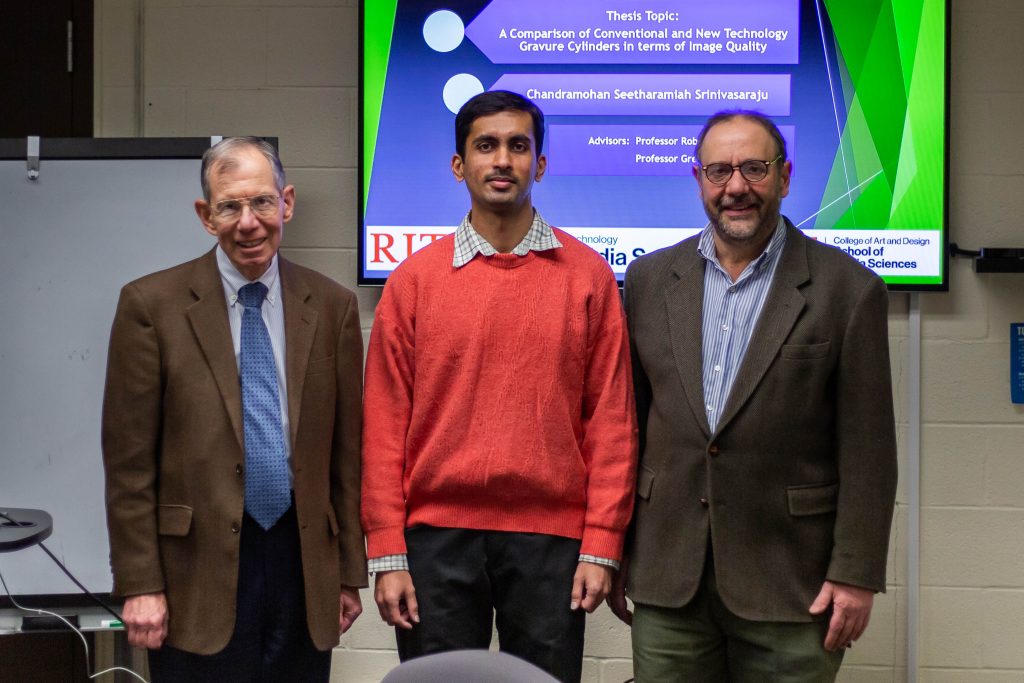
Instead of using chromium compounds RotoHybrid cylinders utilize a “hybrid chrome replacement” (HCR) technology.
This HCR technology is based on a “diamond-like carbon,” process to manufacture a man-made synthetic carbon that meets the protective characteristics of chrome, whilst having the selective characteristics and properties of graphite, yet with the hardness of industrial diamonds. Compared with conventional gravure cylinders, the process of engraving HCR cylinders is also simpler and much more environmentally friendly.
DLC, “diamond-like carbon,” is chemically inert and bio-compatible and its manufacture does not produce any health, safety or environmental concerns, unlike the known carcinogenic chromium compounds it aims to substitute.
Whilst the health, safety and environmental concerns are alleviated with the HCR technology what of the print quality then?
This was the very research question Chandra sought to address, namely, “How does the Image Quality of New Technology Gravure Cylinders compare to the Image Quality of Conventional Gravure Cylinders?”
Working together with Prof Eller, Chandra developed a testing protocol using the Betaflex3Pro to analyze aspects of both dot quality and line quality of print samples.
Dot quality attributes tested included dot surface area, minimum printed dot and dot roughness factor. Tested line quality attributes included conformance to a specified line width, thinnest consistently printable lines and plugging of reverse printed lines.
Relative solid ink density as measured by a Techkon SpectroDens was also evaluated.
In each tested attribute, Chandra reported that the Roto-Hybrod / HCR technology either equaled or outperformed the conventional gravure cylinder counterpart.
The reported implications for the results of this study can be profound.
It is believed that more printers can adopt the ability to produce HCR cylinders in-house, without sacrificing image quality.
In fact, Chandra indicates that printing quality can actually be improved above the already high bar set by gravure printing with conventional cylinders.
His results also suggest that ink savings can be realized with HCR cylinders.
Having completed his thesis research, Chandra is working closely with Prof Eller on the next phase of research in this domain, including examining the performance of the Roto-Hybrid gravure cylinders in an exhaustive wear test in Western Michigan at the end of January.
This test will pit the new RotoHybrid cylinder against conventional gravure cylinders using opaque white inks, which are regarded as being perhaps the most abrasive of all the printing inks normally used in the gravure application. This testing aims to address a stated limitation of Chandra’s thesis, which was comparing the print quality of the tested cylinders when new.
If as believed, the Roto-Hybrid technology offers a gravure cylinder which performs better on press, with reduced ink consumption, yet with equal or greater print quality and with a cylinder that lasts longer and also is free from any health, safety and environmental concerns, then the Roto-Hybrid technology really could be the future of gravure.
Acknowledgements

